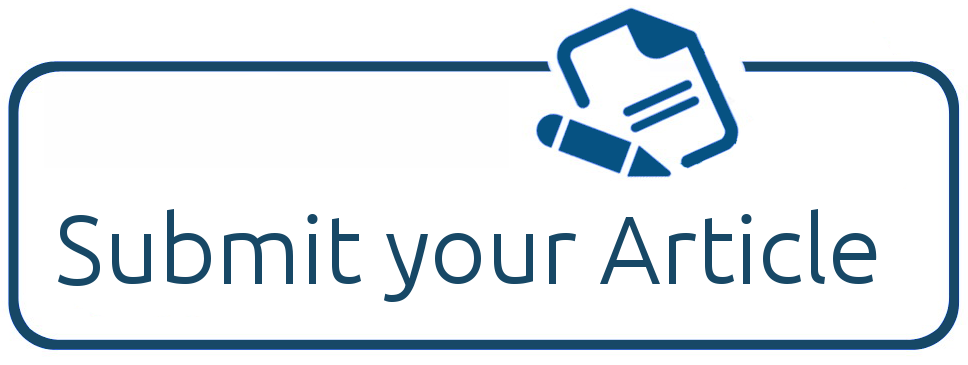The Role of Strategic Recovery in Achieving Organizational Longevity An Analytical Study on a Sample of Leaders in the General Company for Automotive Industry in Alexandria-Babylon
DOI:
https://doi.org/10.59890/ijfbm.v2i6.32Keywords:
Strategic Recovery, Organizational Longevity, General Company for Automotive IndustryAbstract
The current research aims to demonstrate the role of strategic recovery as an independent variable with its four dimensions (response speed, apology, compensation, empowerment) in organizational longevity as a dependent variable with its four dimensions (organizational learning, organizational identity, organizational creativity, Organizational fiscal conservatism) and then determine the correlation and influence between them. The purpose of determining the research objective was to design a questionnaire consisting of 27 paragraphs and distribute them to a random sample of leaders working in the General Company for Automotive Industry in Alexandria with 150 respondents. The data were analyzed using the SPSS program and many statistical tools were used, including the arithmetic mean, standard deviation, and regression coefficient. The most prominent results were the existence of a statistically significant correlation between the two variables and there is a strong effect of strategic recovery in creating organizational longevity. The researcher recommended the necessity of spreading awareness and knowledge of the dimensions of strategic recovery and teaching methods of developing intelligence and creativity among employees in order to contribute to enhancing continuity and survival and avoiding various crises.
References
Ahn, S. Y., & Park, D. J., (2018), Corporate social responsibility and corporate
Albert, S. (1985) The definition and met definition of identity. In D. A. Whetten & P . Godfrey (Eds.), Identity in organization (pp.1-13). Thousand Oaks: Sage Publication.
Argyris, C. (1999). On organizational learning. 2nd Edition. Oxford, UK: Blackwell Business.
Asamoah, P. A. (2015) Service Recovery Strategies in The Ghanaian Airline Industry(MPHIL)Department of Marketing and Consumer Management, College of Humanities, Business School, University of Ghana.
Awa, H. O., Nwobu, C. A., & Igwe, S. R. (2021). Service failure handling and resilience amongst airlines in Nigeria. Cogent Business & Management, 8(1), 1892924.
Crossan, M.M., Lane, H.W. & White, R.E. (1999). An organizational learning framework: fromintuition to institution. Academy of Management Review, 24(3), 532-537.
Cummings, K. H., & Yule, J. A. (2020). Tailoring service recovery messages to consumers’ affective states. European Journal of Marketing.
De Geus, A. P. (2002). The living company. Boston, MA: Harvard Business School Press.
Etzel, M. J., & Silverman, B. I. (1981). A managerial perspective on directions for retail customer dissatisfaction research. Journal of Retailing, 57(3), 124–136.
Guchait, P., Han, R. , Wang, X., Abbott, J. & Liu, Y. )2019(, Examining stealing thunder as a new service recovery strategy: impact on customer loyalty. International Journal of Contemporary Hospitality Management, Vol. 31 No. 2, pp. 931- 952. ISSN: 09596119-, https://doi.org/10.1108/IJCHM-020127-2018
Honora, A., Chih, W. H., & Wang, K. Y. (2022). Managing social media recovery: The important role of service recovery transparency in retaining customers. Journal of Retailing and Consumer Services, 64, 102814
Hussein, A. P. H. W., & Hassan, B. K. A. (2020). The Role of Human Resources Management Strategies in Promoting Strategic Recovery through the Speed Movement of Top Management. Al-Rafidain University College For Sciences, (47).
Kamin, T., Kubacki, K., & Atanasova, S. (2022). Empowerment in social marketing: systematic review and critical reflection. Journal of Marketing Management, 38(11-12), 1104-1136.
Kim, G. & Huh, M. G., (2015), Exploration and Organizational Longevity: The
Knaup, A. E. (2005). Survival and longevity in the Business Employment Dynamics data. Monthly Labor Review, 128(5), 50.
Kwee, Z., Bosch, F. V., & Volberda, H. W. (2011). The Influence of Top Management Team’s Corporate Governance Orientation on Strategic Renewal. Journal of Management Studies, 48(5), 984-1014.
longevity: The mediating role of social capital and moral legitimacy in Korea. Journal
Management, 32(2), 389-414
Moderating Role of Strategy and Environment. Asia Pacific Journal of
Msosa, S. K. (2019). Service failure and service recovery strategies in the context of higher education: a provincial perspective in South Africa, (Doctoral dissertation), Durban University of Technology, South Africa.
Napolitano, M., Marino, V., & Ojala, J. (2015). In search of an integrated framework of business longevity. Business History, 57(7), 955-969
Nguyen, Q. N., Huynh, V. T., & Mai, V. N. )2021(. The relationships among service failure, service recovery, customer satisfaction and trust at international hospitals: A Case in Vietnam. Uncertain Supply Chain Management, Vol. 9, No. 4, PP.887–896, DOI: 10.5267/j.uscm.2021.7.013.
of Business Ethics, 150 (1), 117-134
Ponnahennedige, U. N. )2020(. Service recovery in luxury hotels and resorts in Sri Lanka. )Master Thesis(, School of Tourism and Hospitality, Auckland University of Technology, Sri Lanka.
Probst, G., & Raisch, S. (2005). Organizational crisis: The logic of failure. Academy of Management Executive,19(1), 90-105. doi: 10.5465/ame.2005.15841958
Razavi, S.H. and Attarnezhad, O. (2013) Manegement of Organizational Innovation. International Journal of Business and Social Science, 4, 226-231.
Schoenberg, R., Collier, N., & Bowman, C. (2013). Strategies for business turnaround and recovery: a review and synthesis. European Business Review.
Weitzman, F. (2014). Organizational longevity as a predictor of organizational learning, organizational identity, organizational innovation, and fiscal conservatism. Unpublished doctoral dissertation). Colorado State University.
Young, J. H., (2016), Mindfulness-based strategic awareness training: A complete program for leaders and individuals. John Wiley & Sons.
Zey, M., & Swenson, T. (2001). The transformation and survival of Fortune 500 industrial corporations through mergers and acquisitions, 1981–1995. The Sociological Quarterly, 42, 461-486.






